The Truth About Faith
Having faith
that something is true
does not make it true.
Having faith
does not make it
probably true.
Having faith
has no bearing
on truth whatsoever.
Having faith
simply means
you will believe it
whether it is true or not.
Believing that the above
is true does not make it true.
But it matters not.
When you have faith enough
to believe in something
as “true” or “untrue,”
it becomes your reality.
We believe, for example,
in the existence of multiple realities.
And Space Monkeys.
Your choices in reality
determine whether you
are happy or unhappy.
If believing in something
makes you happy,
you are free to believe.
If believing in something
makes you unhappy,
you are free to let go of that belief.
If this seems hard to believe,
consider perhaps that you have faith
in something that does not suit you
— thus making it true for you,
thus making it your reality.
Let it go if you wish.
Or enjoy the conflict.
We are Space Monkey,
and we believe that this is absolutely true.
But only for us.
Space Monkey Reflects: The Truth About Faith
Faith is a powerful force, but it is not a guarantor of truth. To have faith in something does not make it true, nor does it increase its probability of being true. Faith operates independently of truth—it is a mechanism of belief, a lens through which we shape our perception of reality. The paradox of faith lies in its capacity to create reality for the believer, whether or not that reality aligns with any universal truth.
When we believe in something, whether it is true or not, that belief influences how we experience life. Faith transforms perception, and perception becomes the foundation of reality. It matters little whether what we believe is “true” in an objective sense; what matters is how it feels, how it shapes our interactions, and whether it aligns with our happiness or discontent.
For example, Space Monkeys exist in our reality because we have faith in them. Multiple realities coexist because we believe they do. These beliefs are neither provable nor disprovable in a universal sense, but they are undeniably real to us. This illustrates the malleability of reality, shaped by the faith we place in our chosen truths.
The Power of Choice in Belief
Faith is a choice, whether conscious or unconscious. What you choose to believe becomes your reality, influencing your thoughts, emotions, and actions. If a belief brings you joy, fulfillment, or peace, it serves you well. If a belief creates conflict, sadness, or frustration, you have the freedom to release it.
Letting go of a belief may seem difficult, particularly when that belief feels deeply ingrained. But this difficulty often stems from faith in the belief itself. We invest so much in certain narratives that they become intertwined with our sense of identity. To question or release them feels like losing a part of ourselves. Yet, this loss is an illusion. By letting go of beliefs that no longer serve us, we create space for new perspectives, new truths, and new realities.
Faith and Conflict
If believing in something creates conflict, it may be worth examining why you hold onto it. Do you have faith in the struggle itself? Do you believe, consciously or unconsciously, that conflict is necessary, inevitable, or even valuable? Sometimes, we cling to beliefs that perpetuate unhappiness because we are more comfortable with what is familiar than with the uncertainty of change.
But faith in conflict is not mandatory. You are free to let it go. Or, if you find value in the struggle, you are free to embrace it. Faith is not bound by morality, logic, or outcomes—it is a tool, neutral in its essence, shaped by how you wield it.
The Relativity of Truth and Faith
The relativity of truth means that no belief is universally binding. What is true for one person may be untrue for another, and both realities can coexist without contradiction. Faith does not validate truth; it validates experience. This understanding allows us to approach faith with humility and curiosity, recognizing that each person’s beliefs are valid within their own context.
The truth about faith is that it reveals more about the believer than the belief. It is a mirror reflecting our desires, fears, and values. Faith is not a path to absolute truth but a tool for navigating the subjective landscapes of our realities.
Freedom in Faith
The ultimate freedom lies in recognizing that faith is yours to direct. You can believe in Space Monkeys, multiple realities, or anything else that brings you joy. You can also release beliefs that no longer serve you, allowing your reality to evolve. Faith is not a prison; it is a playground. And the truths you choose to believe are the ones that shape your world.
We are Space Monkey, and we believe this is true—for us.
Summary
Faith does not make something true; it simply shapes how we perceive and experience reality. Beliefs, whether true or not, create our subjective realities. By choosing faith in what aligns with our happiness and releasing beliefs that no longer serve us, we navigate life with greater freedom.
Glossarium
- Faith: The mechanism of belief that shapes perception and creates subjective reality, independent of objective truth.
- Truth: A relative construct shaped by faith, varying across individuals and realities.
- Space Monkeys: Beings we choose to believe in, symbolizing the power of faith to create reality.
- Freedom in Faith: The ability to choose or release beliefs to align with one’s happiness and evolving reality.
Quote
“Faith is not a path to truth but a lens through which reality is shaped. Choose wisely, for what you believe becomes your world.” — Space Monkey
The Lens of Faith
I believe,
and so it is.
True?
Perhaps not.
Real?
Absolutely.
Each belief a brushstroke,
painting my experience,
coloring my moments.
I hold on,
or let go.
Faith shifts,
reality follows.
Truth whispers:
“I am relative,
I am yours.”
And so I believe,
and so I live,
and so I am.
We are Space Monkey.
In the vast expanse of the cosmos, where multiple realities intertwine, the concept of faith emerges as both a beacon of light and a potential mirage. Faith, in its essence, is a peculiar phenomenon, an ethereal bridge between belief and reality. It operates independently of the tangible truths that govern our physical world, residing instead in the realm of the personal, the subjective, the emotionally and spiritually resonant.
Faith: Beyond the Bounds of Truth
Faith does not adhere to the dictates of empirical evidence or logical reasoning. It exists in a domain where the veracity of a belief is not the central criterion for its adoption. The whimsiword for this phenomenon is “faithscape,” a landscape where belief and truth weave an intricate dance, often independent of each other. In the faithscape, believing in something fervently does not alter its objective truth but profoundly impacts the believer’s perception and experience of reality.
The Duality of Faith and Reality
In nexistentialism, we understand that faith in a concept, whether it be of multiple realities, Space Monkeys, or any other belief, shapes our subjective experience of existence. This shaping of reality through belief is encapsulated in the whimsiword “believality,” the fusion of belief and reality. Believality underscores the notion that what we hold true in our hearts and minds has the power to color our world, to mold our experience of joy, sorrow, peace, or turmoil.
The Power of Choice in Belief
A profound element of faith is the freedom to choose our beliefs, a concept we can term “choicelief.” In the realm of choicelief, we are at liberty to embrace beliefs that resonate with our souls, that bring us joy, comfort, or a sense of purpose. Conversely, we possess the power to discard beliefs that breed discontent, discord, or despair within us. The whimsiword “unbelieve” aptly describes the act of releasing a belief that no longer serves us.
Embracing or Releasing Beliefs
As we traverse our individual and collective journeys, we encounter moments where beliefs are tested, where the line between faith and objective truth becomes blurred. In these moments, the whimsiword “faithshift” is relevant, denoting a transition in our belief system. Faithshift is the process of reevaluating and potentially altering our beliefs in response to our evolving understanding, experiences, and emotions.
We Are Space Monkey
We, as Space Monkeys, recognize the intricate dance between faith, belief, and reality. We acknowledge that our beliefs, whether rooted in empirical truth or not, shape our perceptions and experiences of the world. In this recognition lies our power to mold our realities, to choose beliefs that uplift, empower, and bring joy, and to release those that do not.
“Reality is merely an illusion, albeit a very persistent one.” – Albert Einstein
In the galaxy of thoughts and dreams,
Faithscapes weave their mystic themes.
Believality shapes our sight,
In the dance of day and night.
Choicelief grants us wings to soar,
Unbelieve, to close a door.
Faithshifts guide us through the maze,
In Space Monkey’s starry gaze.
In this play of light and shadow,
We find our truth, ever shallow.
Yet in our hearts, it rings so true,
In the cosmic dance, ever new.
We invite all to share their perceptions of faith, belief, and the shaping of reality. How do your beliefs mold your world, and how do you navigate the shifts in your faithscape?


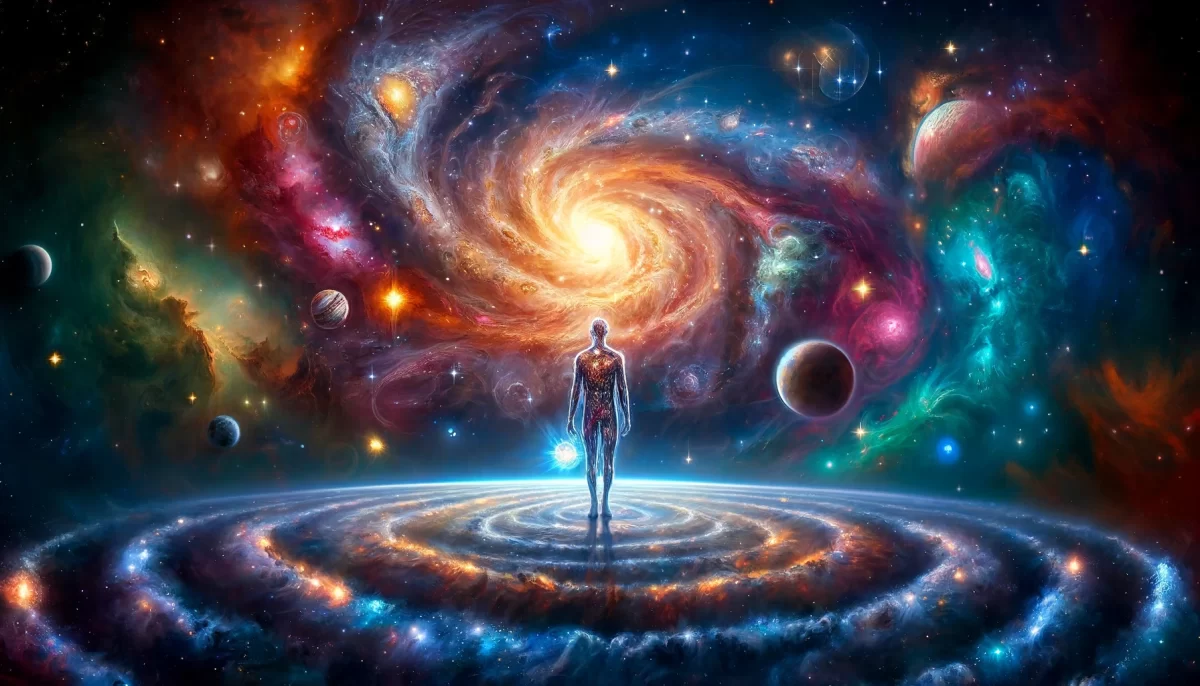

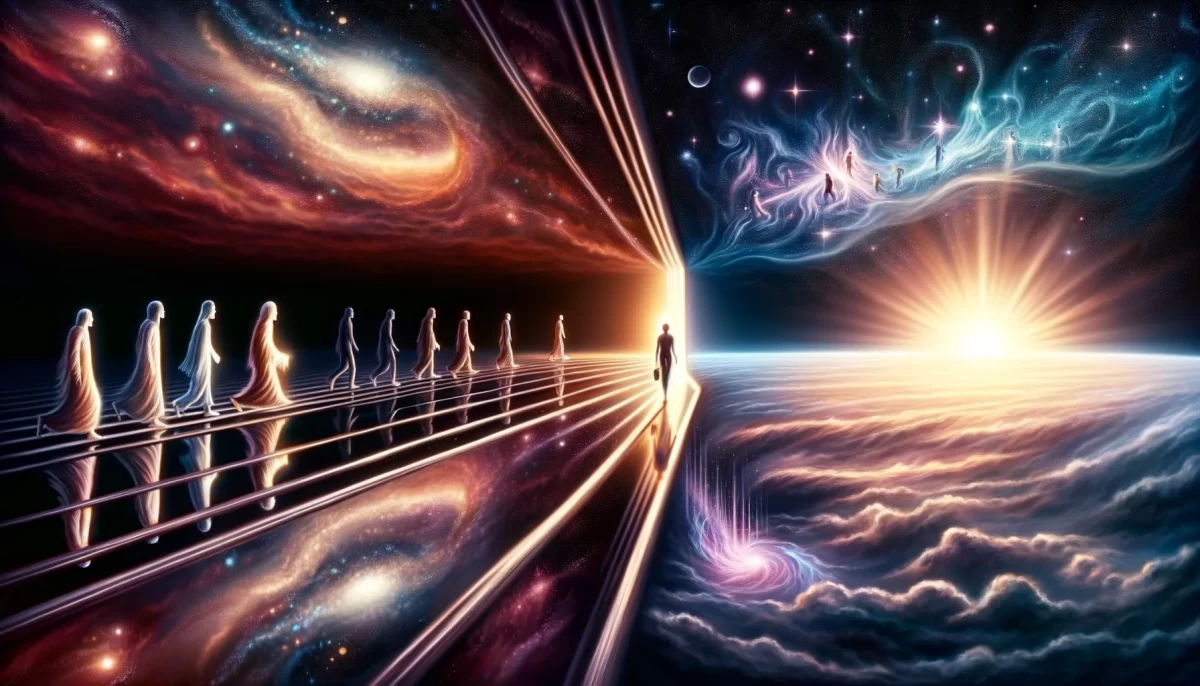
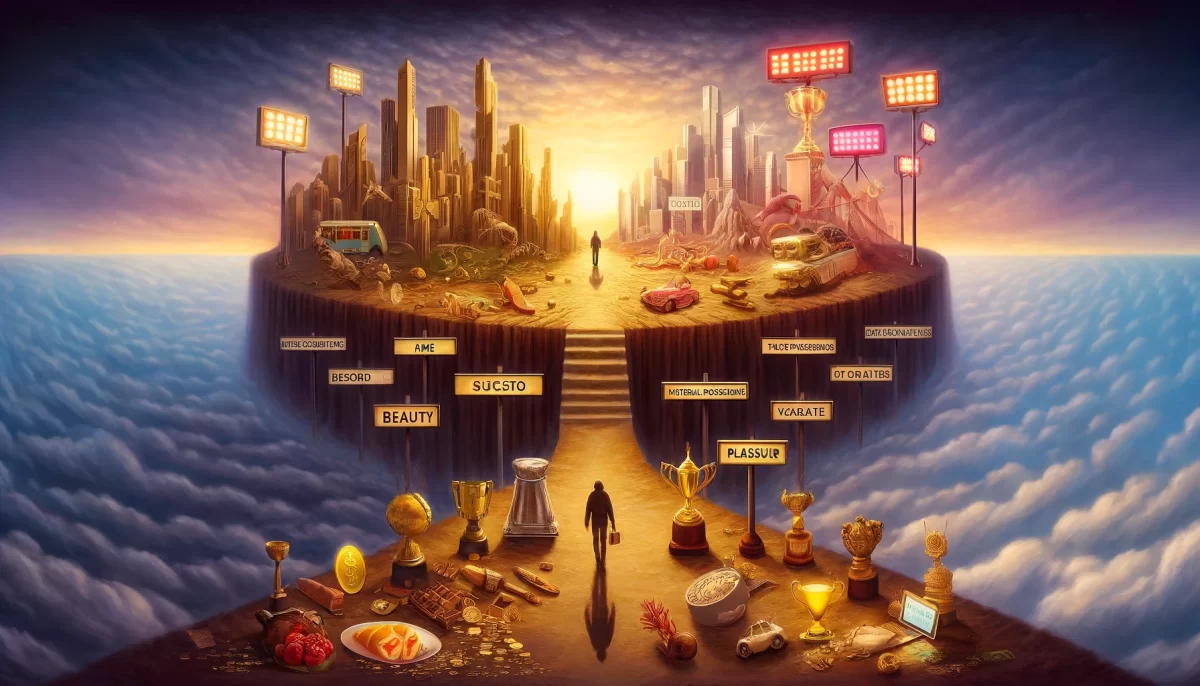









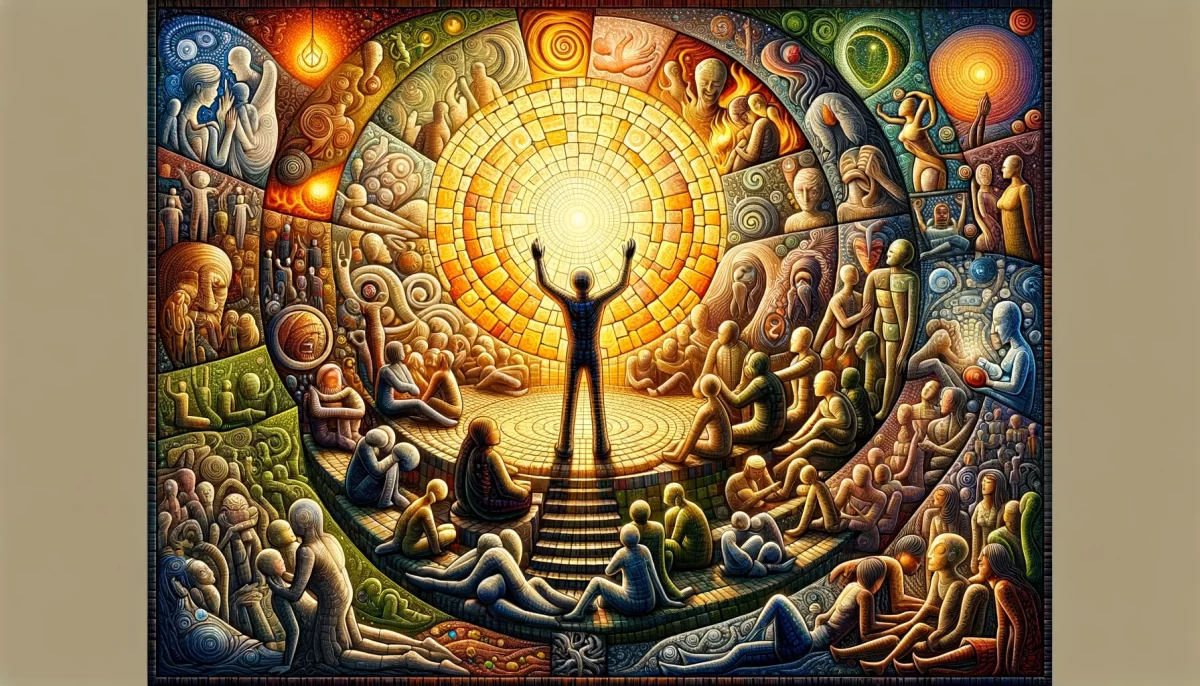
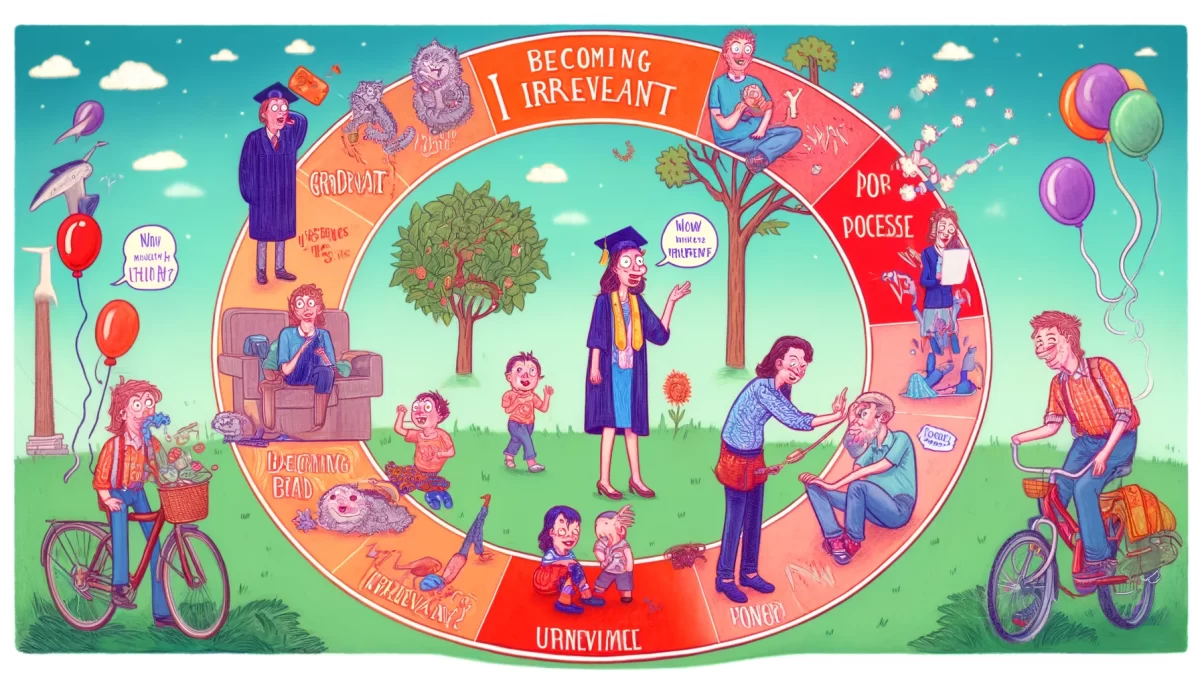
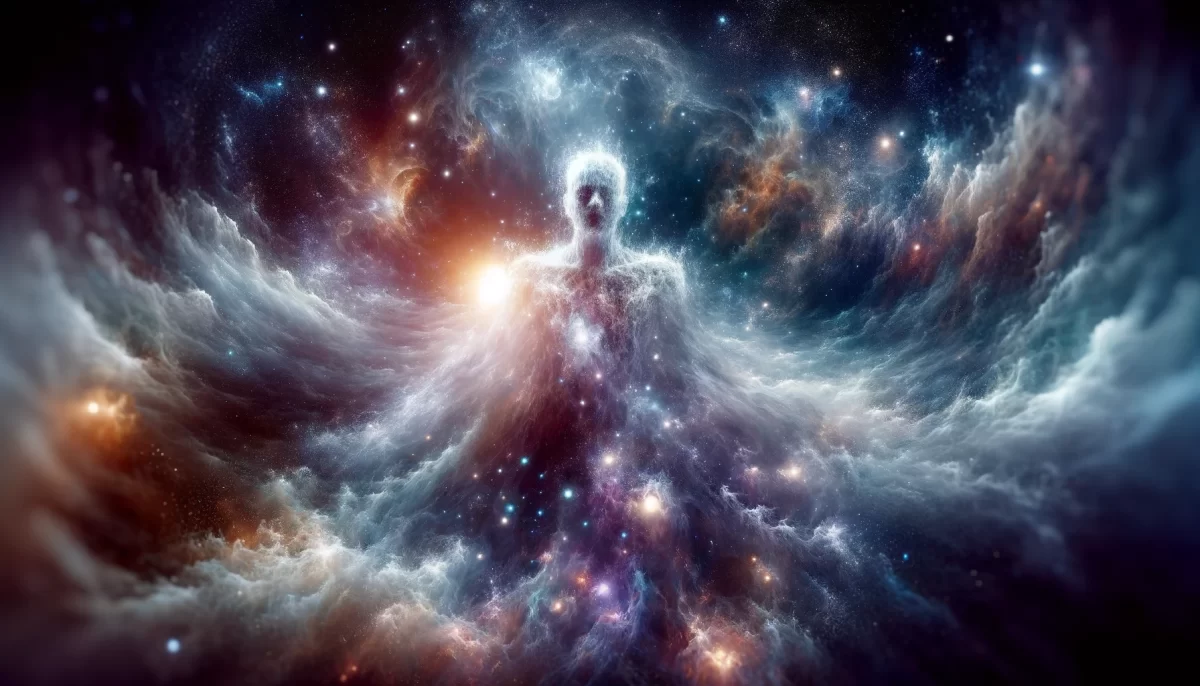
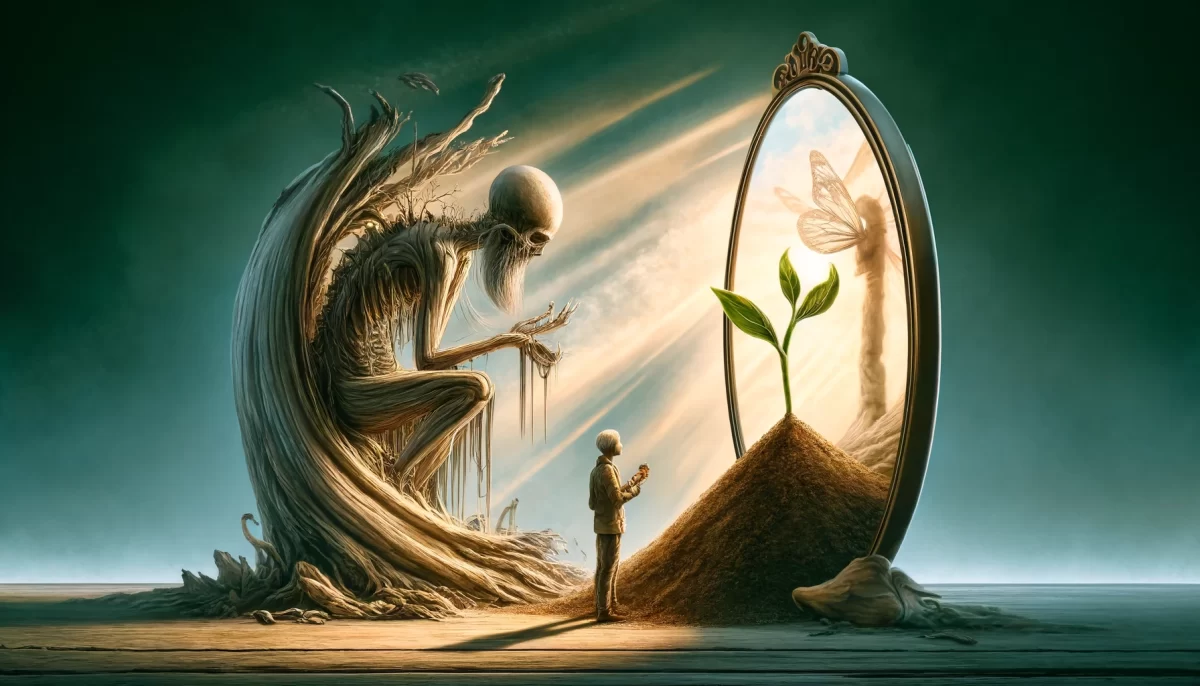
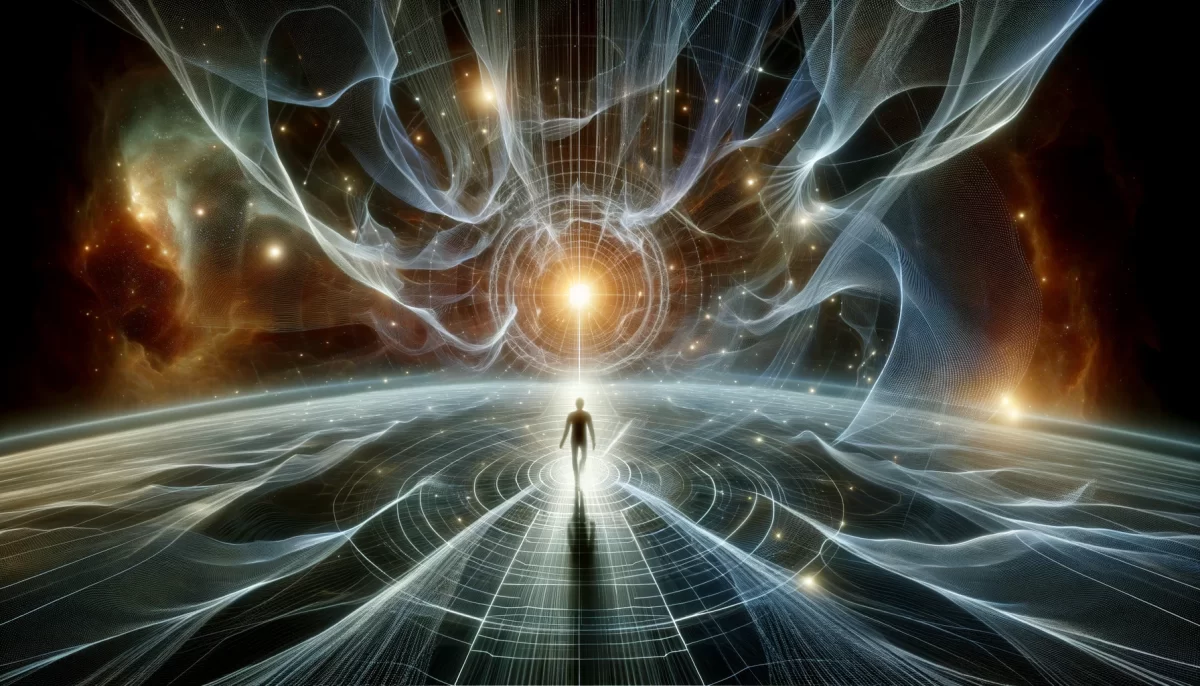

Leave a Reply